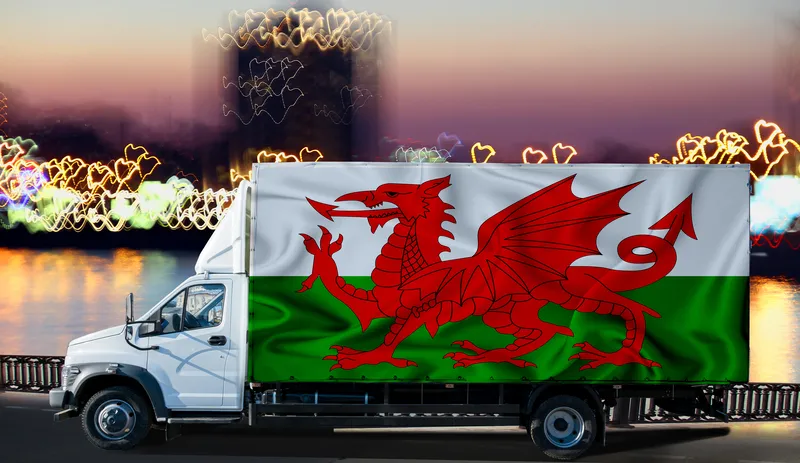The 2015 Bottom Line Report on transportation investment needs, released by the
To meet the combined surface transportation needs, it would require an investment of US$163 billion investment per year in surface transportation over a six year period. Despite those dramatic investment needs, currently only US$83 billion is invested in roads and bridges, while just US$17.1 billion is invested in public transit.
“The top priority for every state transportation department is to keep America’s surface transportation system operating safely and efficiently,” said AASHTO executive director Bud Wright. While the new report highlights a major gap between what is needed and what is actually spent, Wright said that aiming for a more robust investment level “could target the backlog of repair and rehabilitation projects across the country. Workers would benefit – as would the entire US economy.”
“As the demand for public transportation increases, our systems are strained and in dire need of strong investment,” said APTA president and CEO Michael Melaniphy. “After years of a lack of robust investment, the public transit infrastructure that our communities and businesses rely on to grow and prosper is crumbling. Investment in public transit is a key ingredient to driving growth in our communities, attracting development and causing increased property values along its corridors.”
The investment needs, which are derived from economic analysis of demand trends and current network performance, illustrate that government investment in surface transportation infrastructure is far below what is needed to meet demand and allow for safe travel.
The report found about 64,000 structurally deficient bridges are still operating across the country. That is after that category shrank by 43 percent from 1994 to 2013 following a major federal infrastructure spending package and state efforts to target older bridge structures.
Meanwhile, the
Freight ton miles are expected to grow 72 per cent from 2015 to 2040, putting ever more big-rig trucks on often-crowded highways
Highway and bridge estimates in the report are based on a rate of travel growth of 1.0 per cent per year in vehicle miles of travel. In 2014, America was returning, for the first time since the recession began in 2008, to the level of 3 trillion miles of travel. That rebound in travel miles has been spurred in part by falling gasoline prices and increased employment.
An annual investment of US$43 billion for public transportation is necessary to improve system performance and condition, given an expected 2.4 percent annual growth in public transit passenger miles of travel. If public transportation ridership growth rises to 3.5 percent, the level that would double public transit passenger miles of travel in 20 years, investment in public transportation capital would have to increase to US$56 billion per year. Currently, the annual capital spending on public transit is just US$17.1 billion.
The bottom line - US surface transportation system needs major investment
The 2015 Bottom Line Report on transportation investment needs, released by the American Association of State Highway and Transportation Officials and the American Public Transportation Association, estimates that to meet current demand it will require an annual capital investment over six years by all levels of government in the amount of $120 billion in the nation’s highway and bridge network and US$43 billion in America’s public transportation infrastructure. To meet the combined surface transportation
December 12, 2014
Read time: 3 mins








